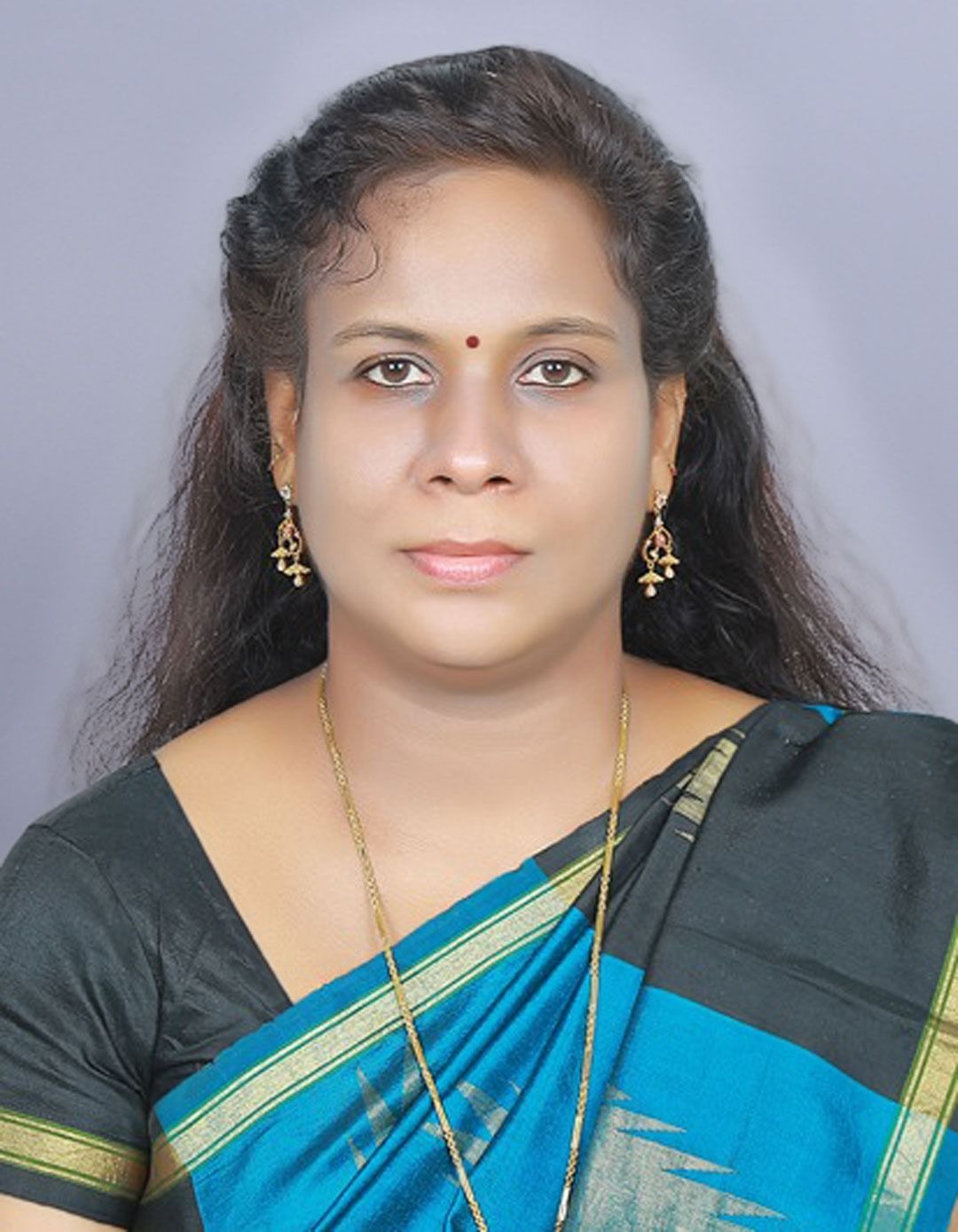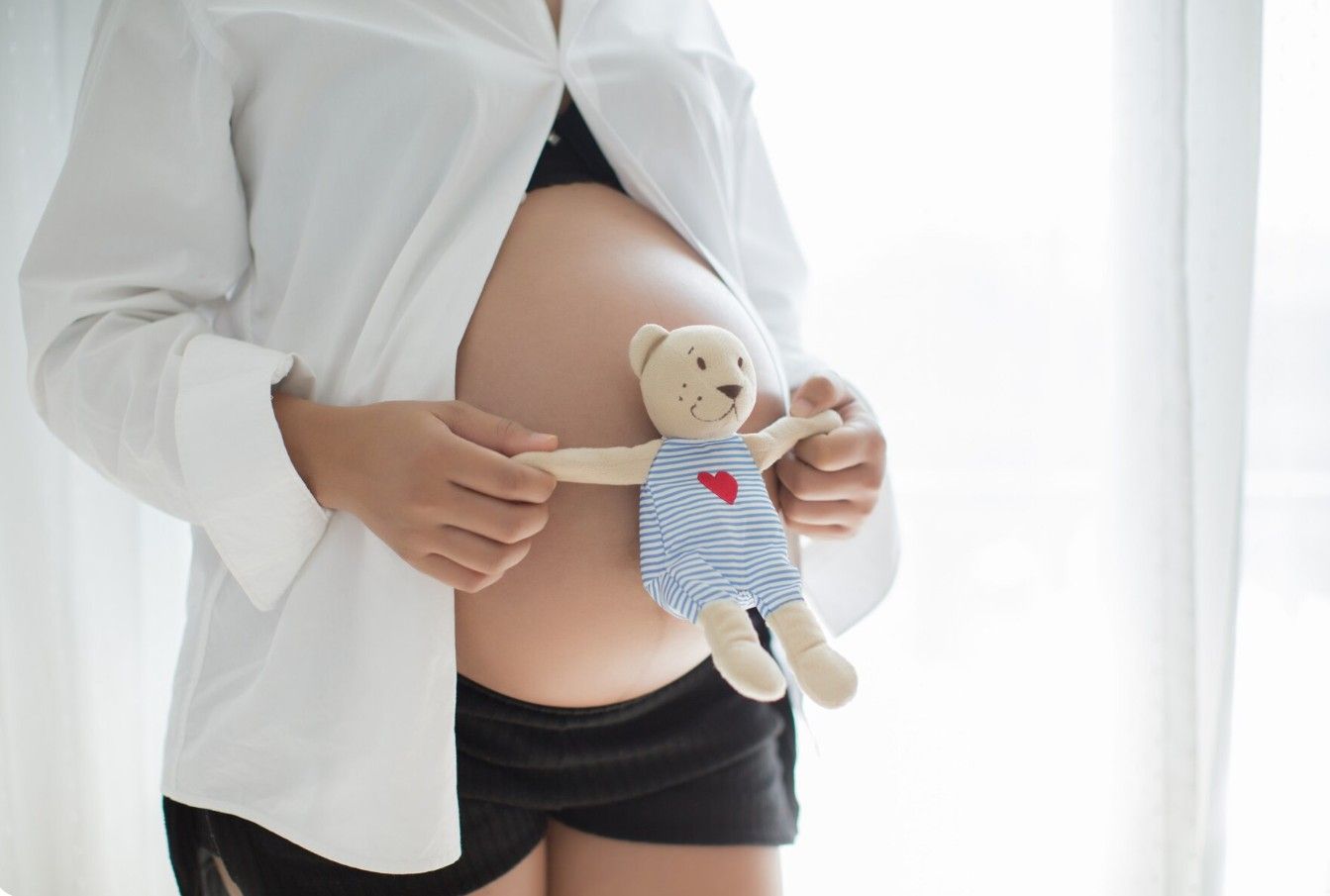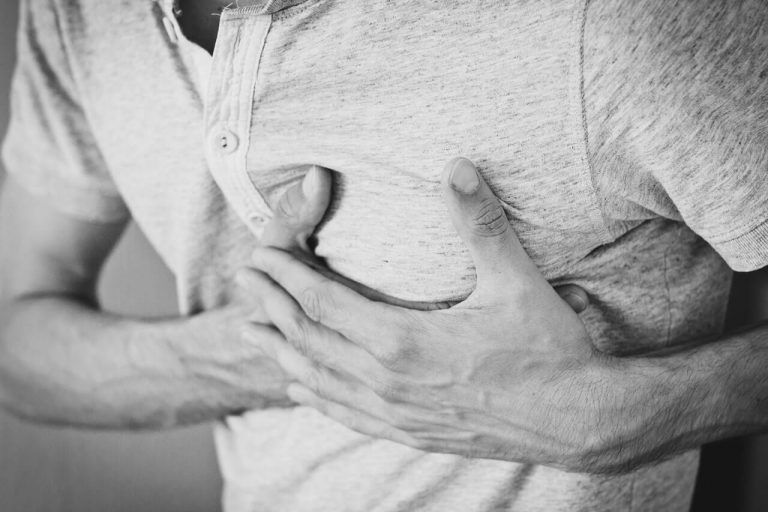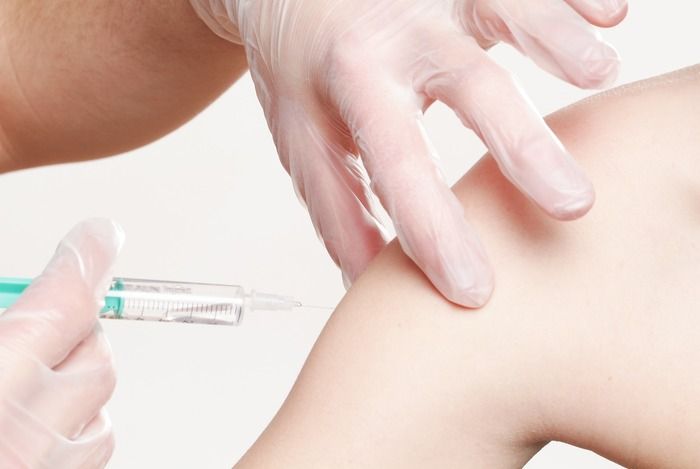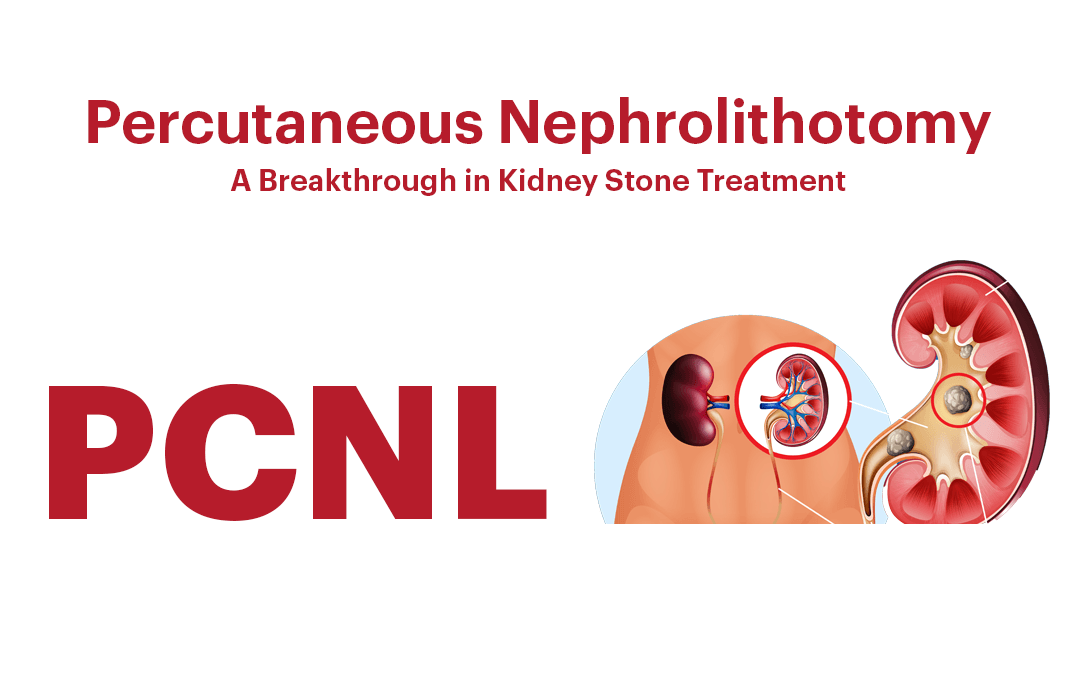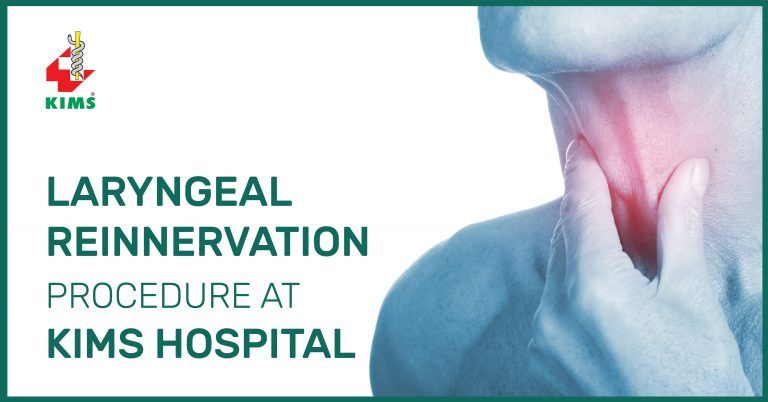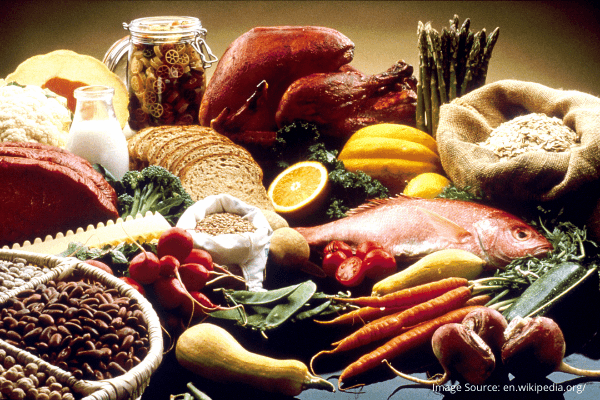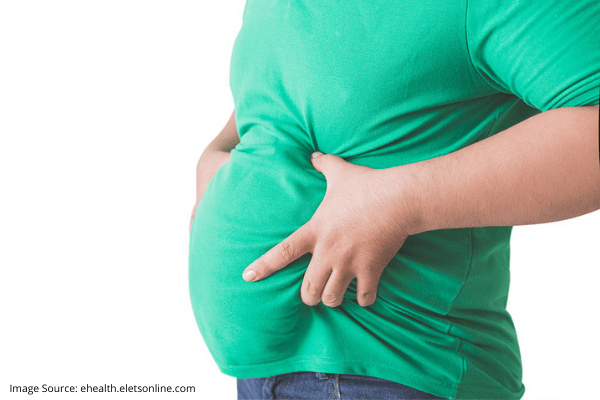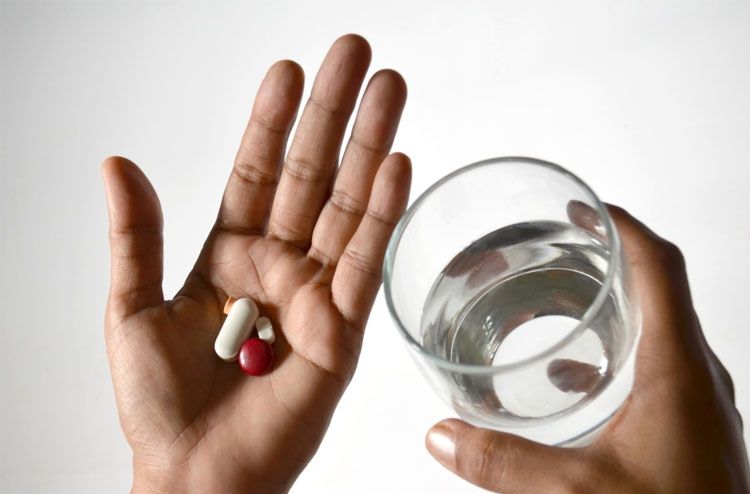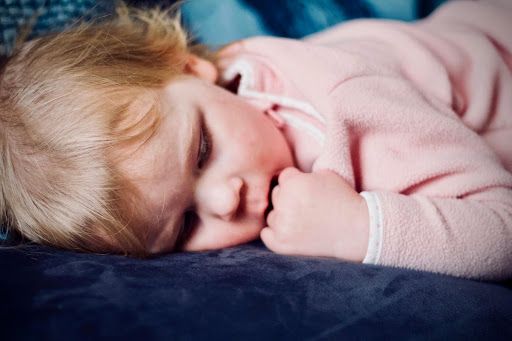Infertility and its Major Causes and Treatments
Infertility is an issue that’s on the rise – not just in India but all over the world. It’s estimated that on an average, one out of every six couples has had issues with infertility. A diagnosis of infertility is given when a couple has been unsuccessful in trying to conceive after one full year.
Contrary to olden-day beliefs, female infertility only contributes to one-third of infertility problems. Another one-third is due to male infertility and the remaining portion is due to both genders and of unknown aetiology. It’s been estimated that there are about 20 million infertile couples in India, that is, about 10-14% of the country’s population. And the issue is no longer one of the urbanites alone as rural cases of infertility are also cropping up more frequently. In the past five years, infertility cases have gone up by 20-30% in the country.
Searching for the cause of infertility is complicated and akin to looking for the proverbial needle in the haystack. It could range from anything like genetic disorders, exposure to occupational hazards, obesity, hormonal imbalance, pollution, chronic diseases, advancing age, lack of physical exercise, etc. Here’s a look at some of the possible causes of infertility:
- Most infertility problems are due to problems in the fallopian tube as it could be blocked or have scarred tissues.
- A majority of infertility cases are associated with lifestyle issues, making it essential to follow healthy regimes of nutritious diets, sufficient exercise and kicking out stress and obesity.
- Ovulation abnormality due to hormonal imbalances caused by various factors.
- Age has a direct relation to infertility as the body’s vitality, strength and hormonal levels are at a peak before the age of 35 years, after which they start declining.
- Diagnosing and treating male infertility is comparatively more complicated. The sperm count, morphology, motility all need to be checked; aside from this, defects in the structure of genital organs, retrograde ejaculation as well as testosterone levels all need to be assessed too.
Getting the right diagnosis for infertility is the key to treatment- here are a few ways:
- Taking prescribed hormonal therapy to correct conditions arising from hormonal imbalances.
- Taking prescribed medications to induce ovulation, resulting in the release of multiple eggs.
- Taking antibiotics to get rid of infections.
- Surgery to remove blocks, adhesions, scar tissue or structural abnormalities.
- Intra-uterine insemination where semen is placed directly into the uterus.
- In vitro fertilization (IVF) where an egg is fertilized in the lab before transferring back into the uterus.
- Intracytoplasmic sperm injection (ICSI) into an egg.
Ten Effective Remedies That You Can Refer to When You Are Suffering from Muscle Cramps
Finally starting off with the gym life can get too overwhelming until you hit those muscle cramps along with the weights.
ICSI(Intra Cytoplasmic Sperm Injection)
Normally during every mid-menstrual period, one of the 2 ovaries releases an ovum. Each ovum is covered by a membrane called follicle,
Pregnancy and Delivery Care
Nothing could possibly compare to the joy of becoming a parent. After nine long months of waiting, the moment you have been waiting for is almost there:
Some Common Causes of Chest Pain
The first thing that jumps into the mind whenever you have some sort of chest pain is heart attack! It’s only human to feel that way
Organic Food Vs GMO Food: What Should You Pick?
There is no doubt that the quality of food we consume is crucial for our good health. And with more people becoming health conscious the d
Importance of Breastfeeding and Vaccinations for Newborns
Going nature’s way is best when it comes to providing nourishment for the apple of your eye – your baby. Breast milk is best for your baby as it
Percutaneous Nephrolithotomy (PCNL): A Breakthrough in Kidney Stone Treatment
Kidney stones, those small, hard mineral deposits that form in the kidneys, can cause excruciating pain and discomfort.
Skin Tags - Benign Tumor or Cancerous Tumor?
Skin tag if observed is a narrow stalk that hangs about your skin, bulging at the end. They are usually freshly colored and can grow anywhere on your body.
3 Ways Vitamin C is Helpful for the Immune System
The water-soluble vitamin, Vitamin C is also known as ascorbic acid. It is helpful in building up the blood vessels, skins, and making bones stronger
4 Signs of Mental Illness
As life has gotten fast and hectic, different health issues have got introduced lately. Not just physical issues,
4 Ways Night-Shifts Can Be Dangerous For Your Menstruation And Ovulation
A good night's sleep is of value for pregnant women. But with strenuous work-hours and shift work, sleep can quite a luxury for all.
Causes Of Infertility in Women
More and more women are putting off pregnancy till well into their 30’s or early 40’s for career reasons; infertility is fast becoming a major heartbreaking issue for such couples.
Do Not Indulge in These 9 Common Dieting Mistakes
Dieting is not just about eating less or starving yourself to meet unrealistic goals. Healthy dieting involves making informed food choices.
Laryngeal Reiinervation Procedure at KIMS Hospital
Mr. K.P 56-year-old business executive from Bangalore underwent a thyroid surgery two years back.
Learn How Stress Affects Your Heart Health
Stress is a frequent side effect of the modern 21st Century lifestyle. We’re always running around to meet deadlines, pay bills we tend to
Lose Weight: The Healthy Way
Almost everyone we know is worried about the way they look. There are several concerns people have, like their complexion
Myths About Bariatric Surgery
Bariatric surgery – be it the gastric bypass and other weight-loss surgeries – involve making changes to your digestive system to help you lose weight.
Non-alcoholic Fatty Liver Disease: Should You be Worried?
A recent study has found that 1 in 5 people in India suffers from liver disorders. Before you blame it on the increased alcohol consumption
Obesity and its Relation to Type 2 Diabetes
Diabetes is a condition that arises when the body doesn’t produce enough insulin,, hence there is excess glucose in the blood
Rotator Cuff Tear
A rotator cuff tear is a rotator cuff injury that can cause shoulder pain and loss of arm function. The rotator cuff is a set of muscles and tendons in your shoulder.
What Happens to Your Body When You Fast?
Fasting has been practised by humans for thousands of years as a way of rejuvenating the mind, body and soul and as a common ritual of many religions from all over the world
Why You Shouldn’t Consume Medicines with Cold Water
There has been a long-raging debate on the temperature of water needed for consuming medications. You won’t find much as in research papers
10 Tasty Delicious Diabetic-Friendly Recipes
Worry about it no more, as a healthy diabetic diet does not have to be bland. Instead, you can enjoy a myriad of flavorful, low-calorie
4 Not So Common Health Problems in Teenagers
The current generation of teenagers have far more access to technology and gadgets than their parents did.
4 Secrets to Adjusting Your Toddler's Sleep Cycle
Most of the parents, some time or the other, may have faced the trouble of making their toddlers sleep at night.
Related Blogs
Ten Effective Remedies That You Can Refer to When You Are Suffering from Muscle Cramps
Finally starting off with the gym life can get too overwhelming until you hit those muscle cramps along with the weights.
ICSI(Intra Cytoplasmic Sperm Injection)
Normally during every mid-menstrual period, one of the 2 ovaries releases an ovum. Each ovum is covered by a membrane called follicle,

